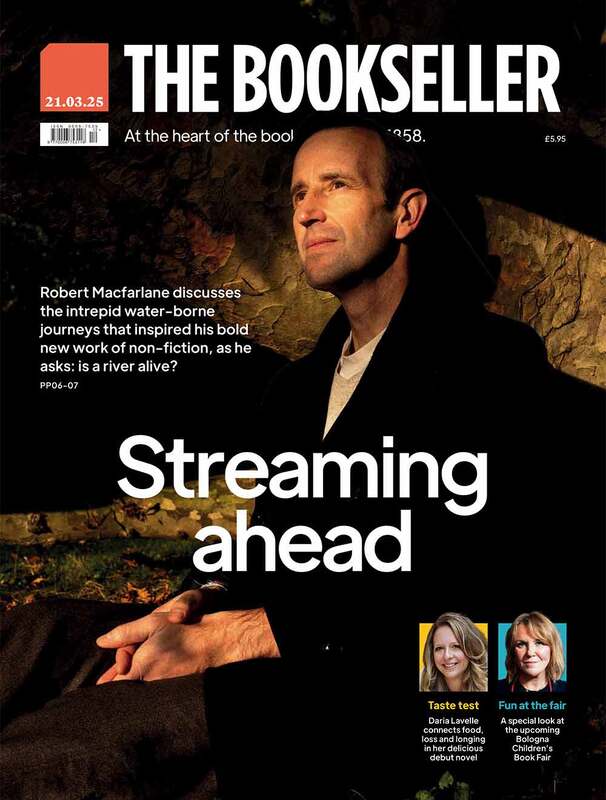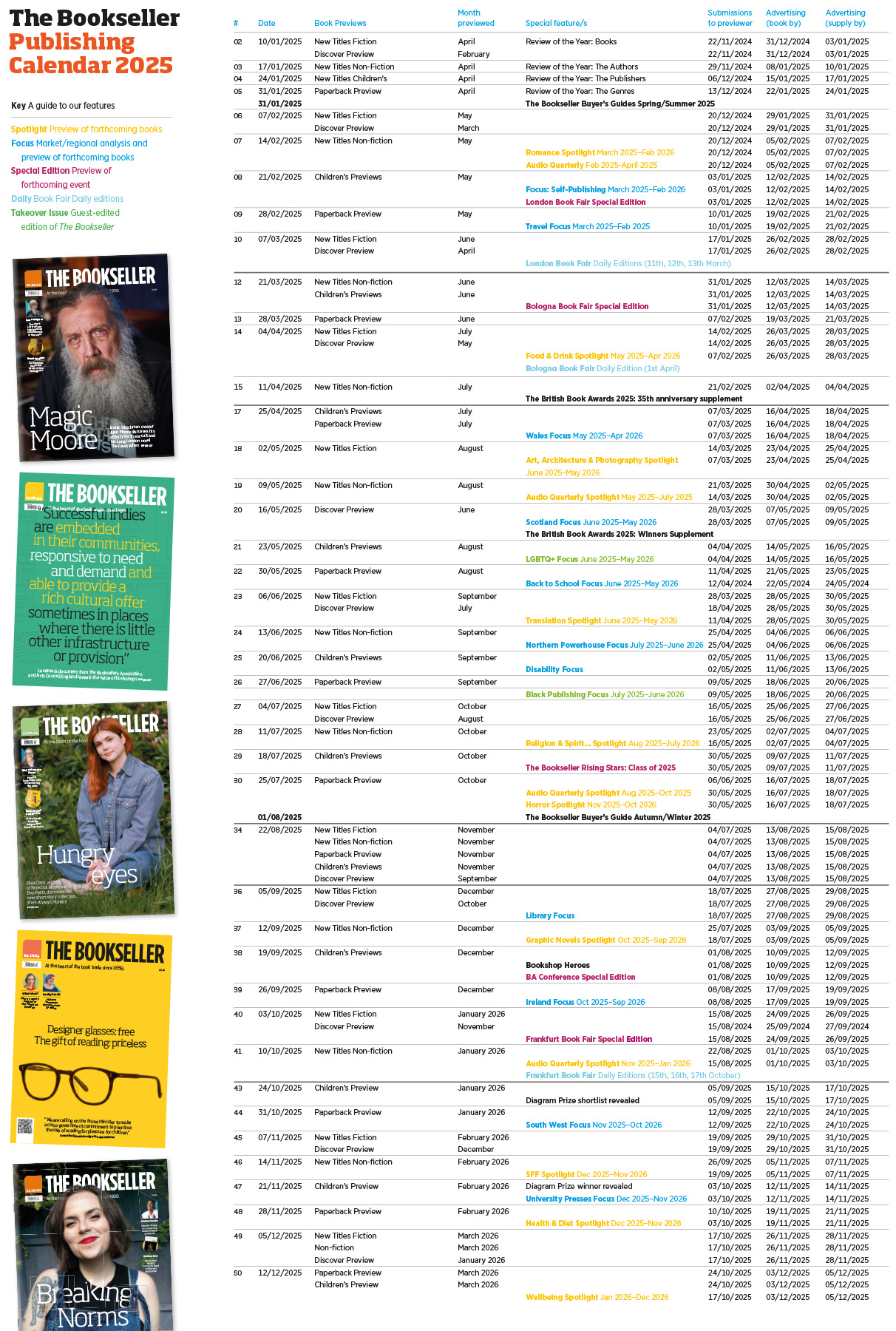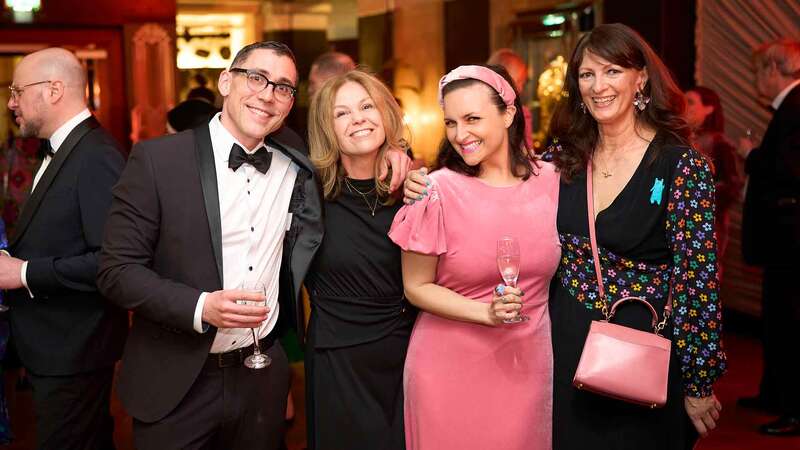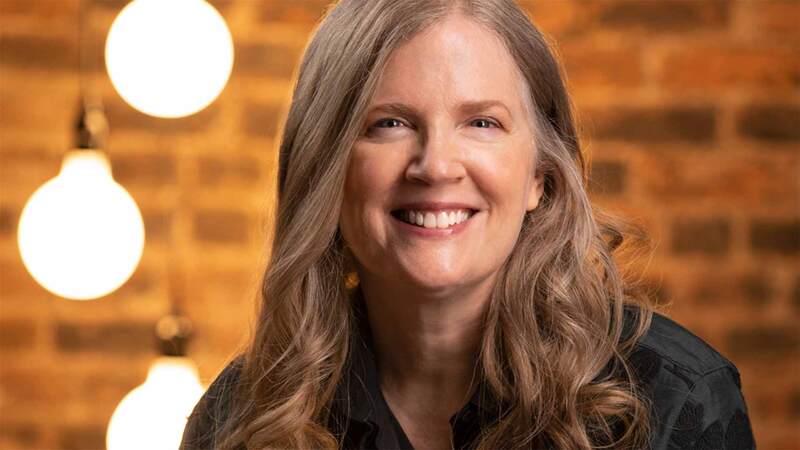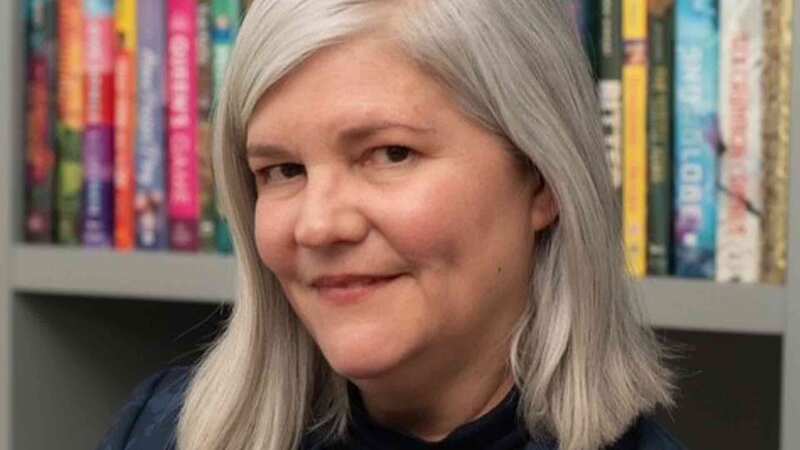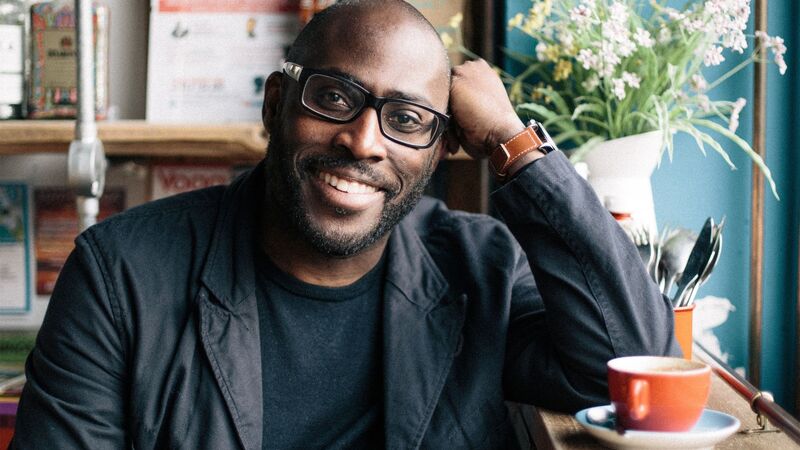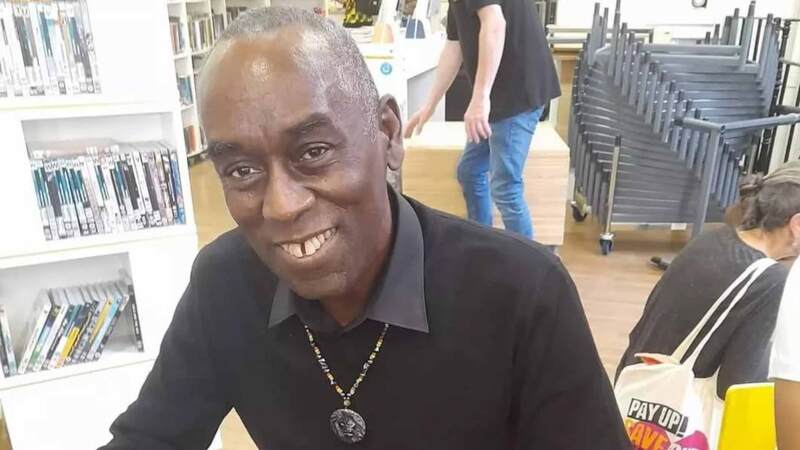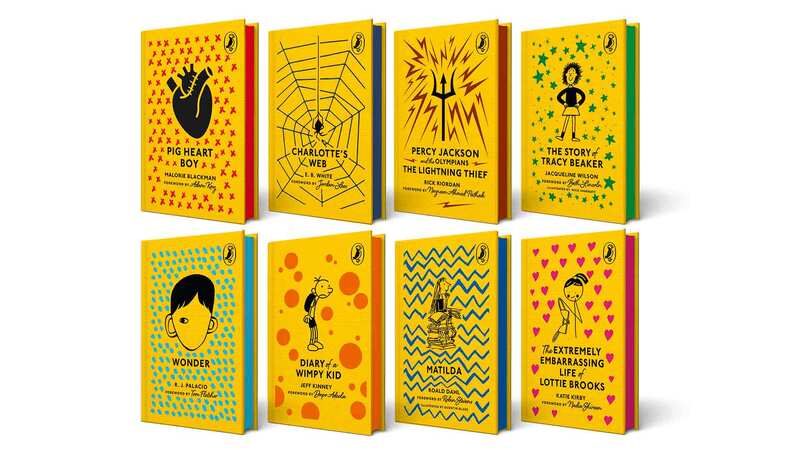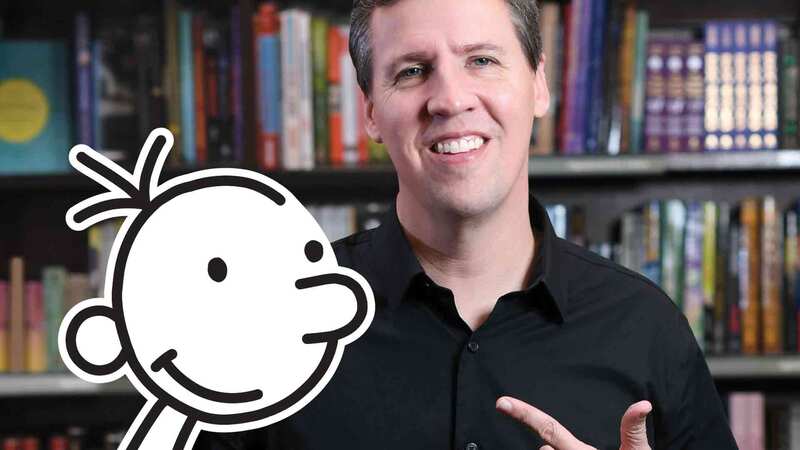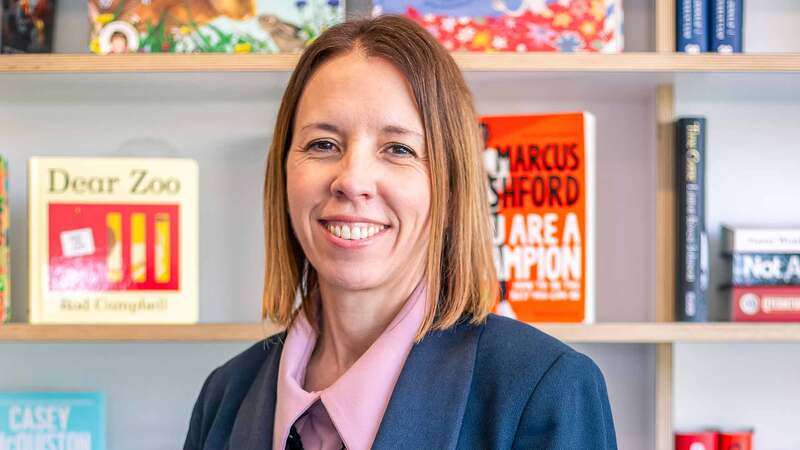You are viewing your 1 free article this month. Login to read more articles.
Publishers defend sensitivity readers as vital tool following author criticism
UK children’s publishers have defended the use of sensitivity readers following criticism from some quarters about supposed interference in the creative process, arguing the intention is to make books more inclusive and this should be “applauded”.
Speaking at Hay Festival last month, author Anthony Horowitz hit the headlines for claiming “children’s publishers are more scared than anybody” when it comes to so-called "cancel culture", saying he was shocked when receiving the notes for his new work.
The author of the Alex Rider series said he “suffered” through the edits on his latest book for younger people, Where Seagulls Dare: A Diamond Brothers Case, due to be published next month by Walker Books, and claimed “what is happening to writers is extremely dangerous”.
Horowitz did not single out sensitivity readers, but the author seemed to echo concerns in the national press about their use. “I believe that writers should not be cowed, we should not be made to do things because we’re so scared of starting a storm on Twitter," he said, although he declined to specify the publisher’s qualms.
Bloomsbury, Bonnier and Quarto all told The Bookseller they had employed sensitivity readers, saying the move was “important in inclusive, forward-thinking publishing” while rejecting any suggestion authors were being forced to make changes they did not want to make. None of the Big Four publishers responded to requests to comment.
Helen Wicks, managing director for children’s trade at Bonnier, said: “We recognise that this is a delicate balance, and that the authorial voice should be respected. However, we believe sensitivity reads can play an important role in inclusive, forward-thinking publishing. We have used them for many years, picking our partners very carefully and positioning them as peer reviews. Importantly, we believe our teams have both the knowledge and skill required to work with our authors and advisers to bring the best possible stories to the widest possible audience.”
Rebecca McNally, publishing director for Bloomsbury Children’s Books, agreed: “We think they are very helpful on some projects as many authors really do appreciate the insight of a specialist editorial perspective as part of the process. We view it as another kind of expert read that raises questions a general editor, however rigorous, may not think or know to ask. Mostly they give the author an opportunity to review their text through a particular (relevant) lens and make subtle changes, or not. We don’t expect them to make books bulletproof and don’t expect authors to implement all the sensitivity reader’s recommendations—it’s an intelligent, informed dialogue.”
Shannon Cullen, group publishing director for Quarto Kids, also confirmed the publisher used “a variety of editorial consultants" for some of its books "to ensure they are naturally inclusive and accurate in their representation, particularly when exploring topics such as history or geography, or in books that represent multiple experiences”.
She added: “We encourage our creative partners to consider the potential impact of their work on children and families—regardless of their own intent in producing it—when considering any editorial or illustration feedback. We do not believe that you can make children’s books ’too inclusive’ if the result is also making every child feel seen or safe in their pages, or to build their empathy through reading.”
Silvia Molteni, head of the children’s and YA books department at PFD, said the agency had seen “an increasing number of UK publishers employing sensitivity readers recently, while in the past it was something much more common with US publishers”.
“It is a process that we, as agent, are removed from as we work with our writers and it’s the publisher who decides whether or not and how to conduct a sensitivity read. Generally speaking, the intention of making children’s books more inclusive—without affecting creativity in the process—is certainly one to be applauded,” she said.
However, reporting in national media on sensitivity readers tends to focus on authors who are less receptive to the idea. In February this year, author Kate Clanchy, whose Orwell Prize-winning title Some Kids I Taught and What They Taught Me was criticised for its portrayal of young people, including accusations of racial stereotyping, wrote an article on Unherd complaining sensitivity readers “sullied” her memoir.
She said her original publisher, Picador, who she has since parted ways with, asked for “several” reports from sensitivity readers and criticised how they seemed to “contradict each other freely, even praising and disparaging the same passages”.
Clanchy noted sensitivity reading’s origins in children’s and young adult fiction, and said “there are good reasons for regulating children’s reading: it is foundational and formational and may be enforced by school choice or being read aloud to”, adding “it is genuinely important, there, to avoid oppressive stereotypes”. Nevertheless, she argued Some Kids was not written for children. “Adults are able to put books down if they upset them, so their books may safely contain difficult ideas,” she said. “I thought carefully about all the notes I had been given and, in the end, adopted none of the suggestions proffered by the readers.”
“What a sensitivity reader does is really editorial. It’s not to cancel anyone, it’s really to add a recommendation or suggestion.”
Sensitivity readers, such as author Eva Wong Nava, are keen to explain what their role actually involves. Wong Nava says the term “sensitivity reader” is a “misnomer”. She told The Bookseller: “What a sensitivity reader does is really editorial. It’s not to cancel anyone, it’s really to add a recommendation or suggestion.” She explained how sensitivity readers read through the lens of their own lived experience, or professional and research experience, to provide feedback on authenticity. Wong Nava reads for the portrayal of South East Asian and Chinese experience, identity and culture, for example, as she is from Singapore and Malaysia. She also reads for British Chinese lived experience as she lives in Britain.
She stressed: "I understand writers feeling defensive, but the thing to note about sensitivity editing, is it is not to cancel, it’s to make your manuscript better, like any editor would want to do."
Responding to Horowitz’s comments, she emphasised the “consultative” nature of sensitivity reading, where the author has the right to accept or reject suggestions, but also the need for children to feel safe.
“I would say that authors should not be scared to write, but should be aware when writing who their audience of today is. At the end of the day, the irony still remains that children’s books are written by adults and often by adults who have had very different childhoods to the children they’re writing for,” she said.
“The world needs books, all sorts of books, but most importantly, books that empower the child, written with empathy, care and sensitivity.”
Alexandra Strick, author and co-founder of Inclusive Minds, an initiative supporting authentic inclusion in children’s books, agrees. "I always have reservations about the concept of sensitivity reading, which can risk being a case of just ’cutting’ anything that might be controversial. By its very name it also implies that this is about people being sensitive about something, which I feel is problematic. Inclusive Minds do not provide ’sensitivity reading’ but rather connections to Inclusion Ambassadors who can work with book creators by sharing specific lived experience to help ensure authentic representation from the start. It’s still our opinion that in-depth research is key and the involvement of lived experience needs to begin at the earliest possible stage in a book’s conception".
Ambassador Christy Ku explained: “’Sensitivity reading’ reduces people like us to angry weird folks telling artists what they can and can’t do. People from marginalised backgrounds can provide so much more than just tick boxes of dos and don’ts. We are real humans with full lives who can enrich research and development stages. To believe one’s worldview and imagination can provide enough, or even better, source material than someone’s actual lived experience would be delusional arrogance.”


